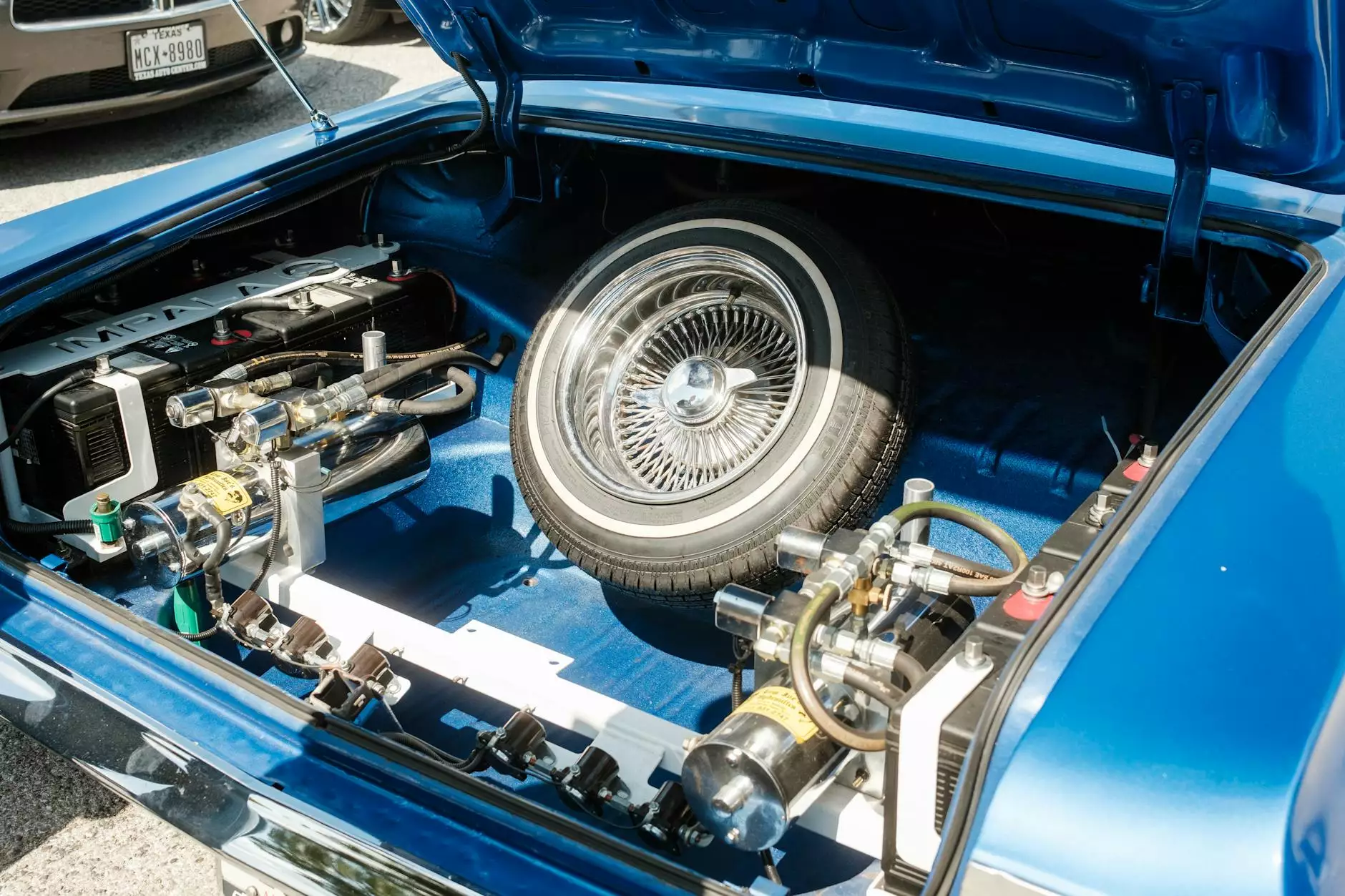Understanding Barcode Readers: Revolutionizing Business Operations

In today's fast-paced business environment, efficiency and accuracy are paramount. One of the most impactful tools that have emerged in recent decades to enhance these facets of operations is the barcode reader. This device, which scans barcodes and translates them into readable data, has transformed how businesses manage inventory, process sales, and deliver quality customer service. In this article, we will explore the various aspects of barcode readers, their significance in business, and how they contribute to success across different industries.
The Basics of Barcode Readers
A barcode reader is an electronic device that captures and decodes the information stored in barcodes. Barcodes are graphical representations of data, typically in the form of vertical lines and spaces, which encode product information. These readers are essential in modern retail, logistics, healthcare, and many other sectors, making them a vital tool for business productivity.
How Barcode Readers Function
The basic operation of a barcode reader involves a light source, a lens, and a light detector. Here’s how it works:
- Scanning: When the barcode reader scans a barcode, it illuminates the code with a laser or LED light.
- Reflection: The light reflects off the barcode and is captured by the sensor within the reader.
- Decoding: The reader then processes the reflected light and translates the pattern of light and dark into digitized data.
- Output: This data can then be displayed on a screen, sent to a computer, or integrated into an inventory management system for real-time processing.
Types of Barcode Readers
There are several types of barcode readers, each designed to meet specific needs and environments. Below we delve into the most common types:
1. Laser Barcode Scanners
Laser scanners use laser beams to read barcodes. They are highly effective for scanning linear barcodes and are commonly found in retail checkouts and warehouses.
2. CCD Scanners (Charge-Coupled Device)
These readers use an array of small light sensors, providing high-speed scanning. They are beneficial in settings where precision is critical.
3. Image-Based Scanners
Image-based barcode readers capture images of barcodes and rely on sophisticated software to decode them. They are versatile, reading various barcode formats and 2D codes like QR codes.
4. Mobile Barcode Scanners
Using smartphones or tablets, these scanners take advantage of built-in cameras and specialized apps to capture and process barcode data, offering flexibility and convenience.
5. Fixed-mount Scanners
These scanners are installed in a fixed location and typically used in high-throughput environments, such as production lines or automated kiosks.
Applications of Barcode Readers in Business
Barcode readers have a wide array of applications across various sectors. Understanding these applications can illustrate the importance of integrating this technology into business operations.
1. Inventory Management
One of the primary uses of barcode readers is in inventory management. Businesses use these devices to:
- Track stock levels in real-time.
- Reduce inventory discrepancies.
- Facilitate accurate stock take processes.
- Improve replenishment accuracy.
2. Sales Transactions
In retail, barcode readers speed up the checkout process. Scanning purchases reduces the time spent on transactions, enhances customer satisfaction, and increases throughput at points of sale.
3. Shipping and Receiving
Logistics companies utilize barcode readers to track shipments. By scanning barcodes on packages, they can easily monitor inbound and outbound freight, reducing the chances of errors.
4. Healthcare Management
In the healthcare sector, barcode readers are instrumental in patient safety. They help track medication administration, ensuring that patients receive the correct treatments and dosages.
Benefits of Implementing Barcode Readers
The integration of barcode readers into business processes offers numerous advantages, including:
1. Increased Efficiency
Barcode scanning is much faster than manual entry, significantly reducing the time spent on data entry tasks. This efficiency leads to quicker service delivery and improved operational throughput.
2. Improved Accuracy
Human errors in data entry can lead to significant operational problems. The automatic data capture provided by barcode readers minimizes these errors, leading to higher accuracy in inventory and sales reporting.
3. Enhanced Customer Experience
With quicker transactions and better inventory management, businesses can provide a smoother shopping experience, improving customer satisfaction and loyalty.
4. Cost Savings
By reducing errors, increasing efficiency, and improving customer satisfaction, companies can achieve substantial cost savings in labor, time, and resources.
Choosing the Right Barcode Reader for Your Business
When selecting a barcode reader, businesses must consider several factors to ensure they choose the right device for their specific needs:
1. Environment
The operational environment—whether it's in retail, a warehouse, or outdoors—can influence the type of scanner that is most suitable. For example, rugged, dustproof scanners are ideal for warehouses, while handheld models may be better suited for retail.
2. Type of Barcode
Different barcode formats may require specific readers. Businesses should assess whether they need to read traditional 1D barcodes or sophisticated 2D barcodes like QR codes.
3. Connectivity Options
Consider how the barcode reader will connect to existing systems. Options may include USB, Bluetooth, or Wi-Fi connectivity, all of which can impact integration and data flow.
4. Budget
Finally, businesses must establish a budget. There are various options, from economical handheld scanners to advanced mobile solutions, ensuring there's a suitable choice for every business size and need.
Future Trends in Barcode Readers
The world of barcode technology is continuously evolving. As we look to the future, several trends are shaping the development and application of barcode readers:
1. Integration with Mobile Technology
With the growing reliance on smartphones and mobile devices, the use of mobile barcode scanners is expected to increase, allowing businesses to leverage technology that employees already use.
2. Use of Artificial Intelligence
AI-powered barcode readers will be able to analyze scanning data more intelligently, providing businesses with deeper insights into inventory management and customer behavior.
3. 2D and QR Code Usage
As QR codes become more prevalent in marketing and product information sharing, there will be an uptick in the use of barcode readers capable of scanning 2D barcodes as well.
Conclusion
In conclusion, barcode readers are invaluable tools in the modern business landscape. Their ability to enhance efficiency, improve accuracy, and streamline operations makes them a must-have for any business looking to thrive in today's competitive environment. As technology continues to advance, the future for barcode readers looks promising and full of potential for further revolutionizing business processes.
For businesses looking to implement or upgrade their barcode technology, Durafast Label offers a comprehensive range of printing services and electronics to meet your needs. Explore our offerings today and take the first step towards optimizing your business operations.









